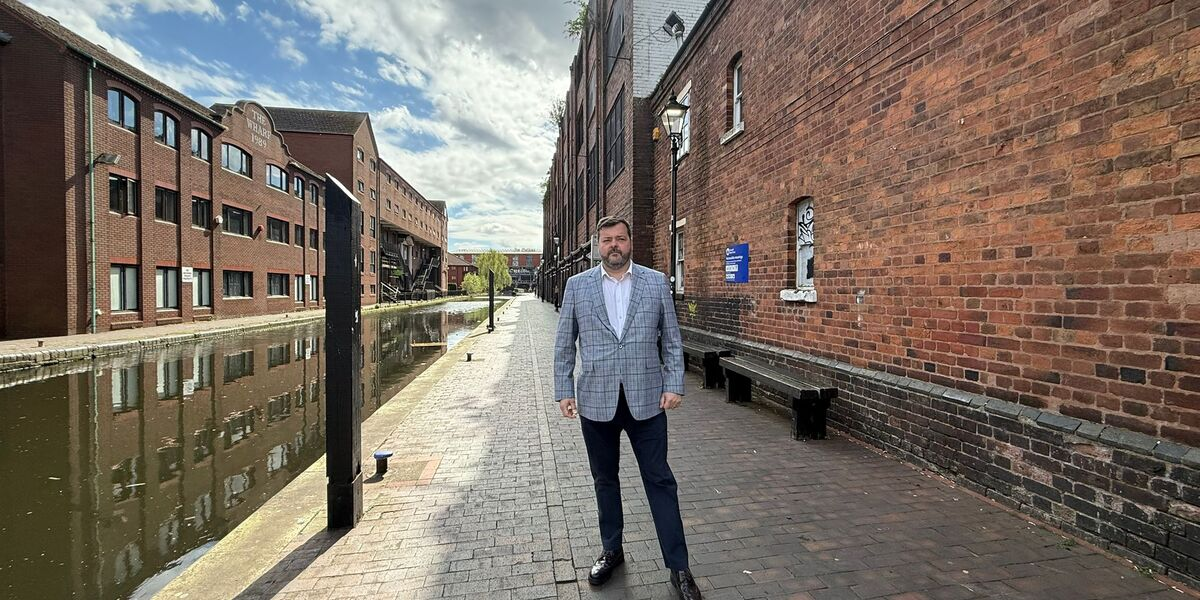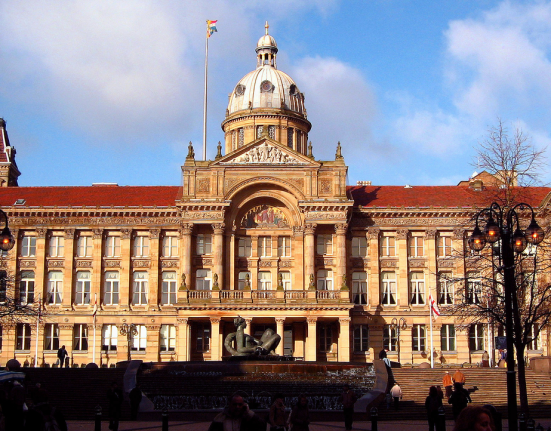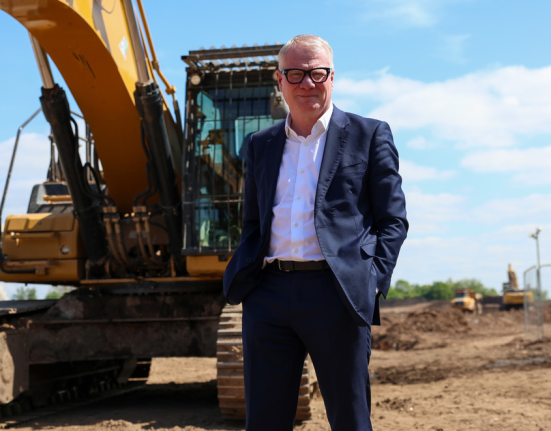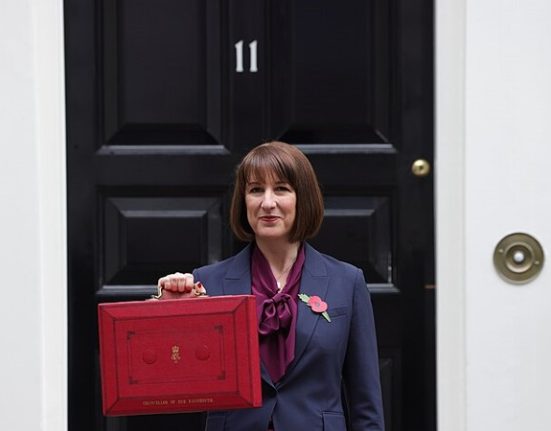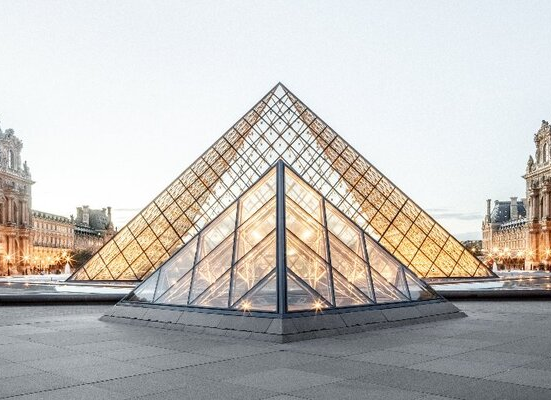Plans to build the world’s tallest energy-positive building were publicly endorsed today.
The Narrow House, a 29-storey residential tower split into 249 studio apartments, will be clad in 4,070 square metres of “photovoltaic skin” from the sixth-floor up, enabling it to generate more power from the sun’s rays than it draws from the national supply grid.
The innovative £60m development, on Gas Street, Birmingham, will feed a local “micro grid” – a self-contained supply network from which nearby businesses, including the Canal & Rivers Trust and Gas Street Church, will receive their energy at discounted rates.
Anna Bright, chief executive of Sustainability West Midlands, said she was “delighted” by the Narrow House scheme as it “directly supports the priorities outlined in our Sustainability Roadmap to 2030.”
These sentiments were echoed by Henriette Breukelaar, regional director of West Midlands Canal & River Trust, who described the scheme as a “symbol of energy innovation.”
‘The numbers stack up’
“At the start even my engineers were doubtful this could work,” said Gerald “Gez” Manton, boss of GNM Developments, whose application for planning permission is due to go before Birmingham city council’s planning committee this summer.
“But after they concluded their studies they found the numbers stacked up. This is going to be an energy-positive building, which means it produces more energy than it uses.
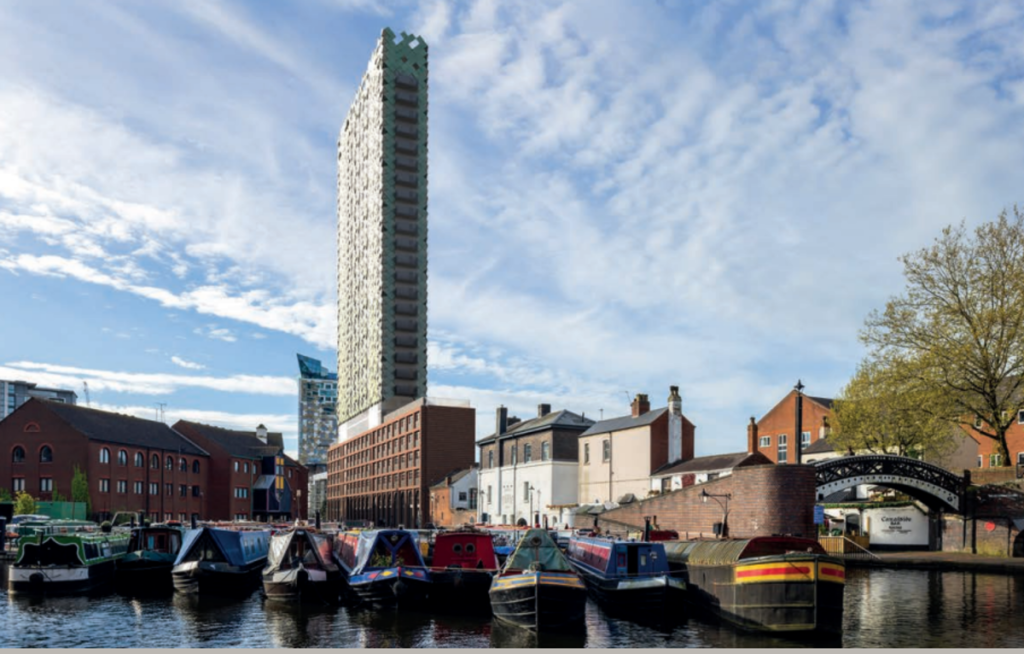
Proud Brummie
“I’m a born and bred Brummie and it makes me proud to be able to bring this forward in my own city. This building will mark the moment in history when how we construct buildings changed.”
The building will be 8.5m wide and 86m tall, hence naming it The Narrow House. Its location, on the site of a 1875-built toll house on Gas Street, which GNM Developments is restoring and incorporating into the scheme, is steeped in historical relevance.
“Gas Street is called Gas Street because it was the first gas-lit street in Birmingham. Coal came in and was gasified and piped to streetlights,” said Gerald.
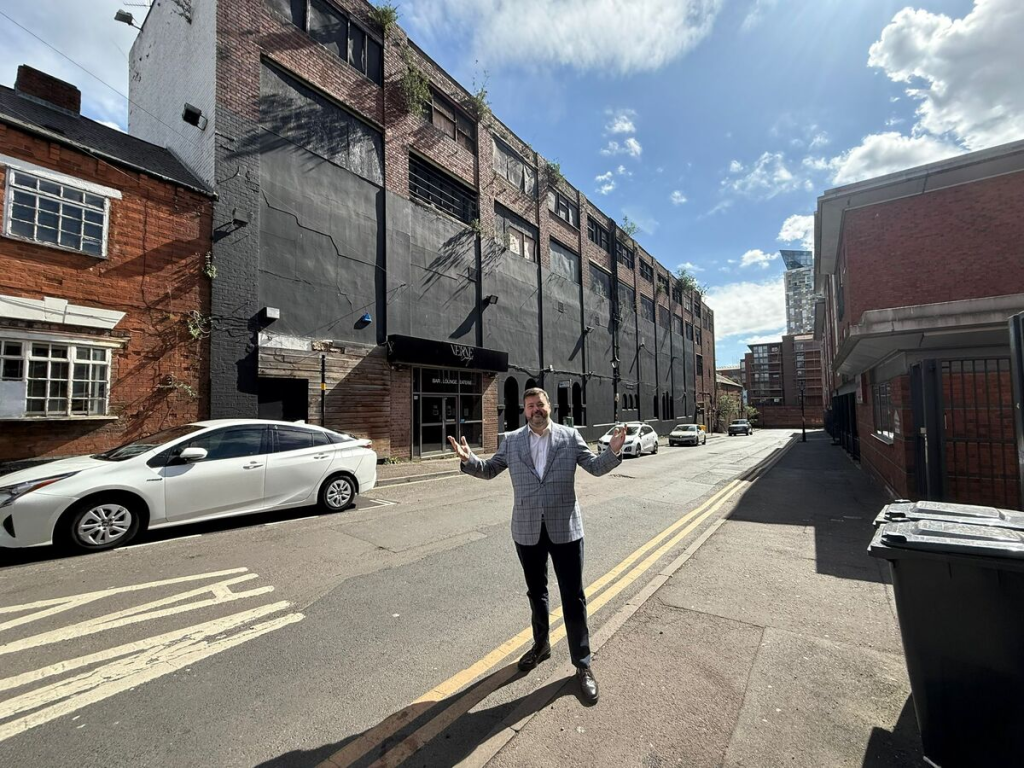
Powering Gas Street not with gas but with sun
“It’s my dream to complete the circle of history on Gas Street – to once again light this iconic stretch of Birmingham, not with coal gas as it was two centuries ago, but with sunlight harvested from the very building that stands upon it. There’s something powerfully poetic about returning light to Gas Street – only this time, it’s clean, infinite and shared.”
The “awkwardly narrow” dimensions of the site forced the team at GNM Developments to get creative about what was possible. That led them to come up with the idea for using the planned building’s south- and southwest-facing aspects to harness the sun’s power.
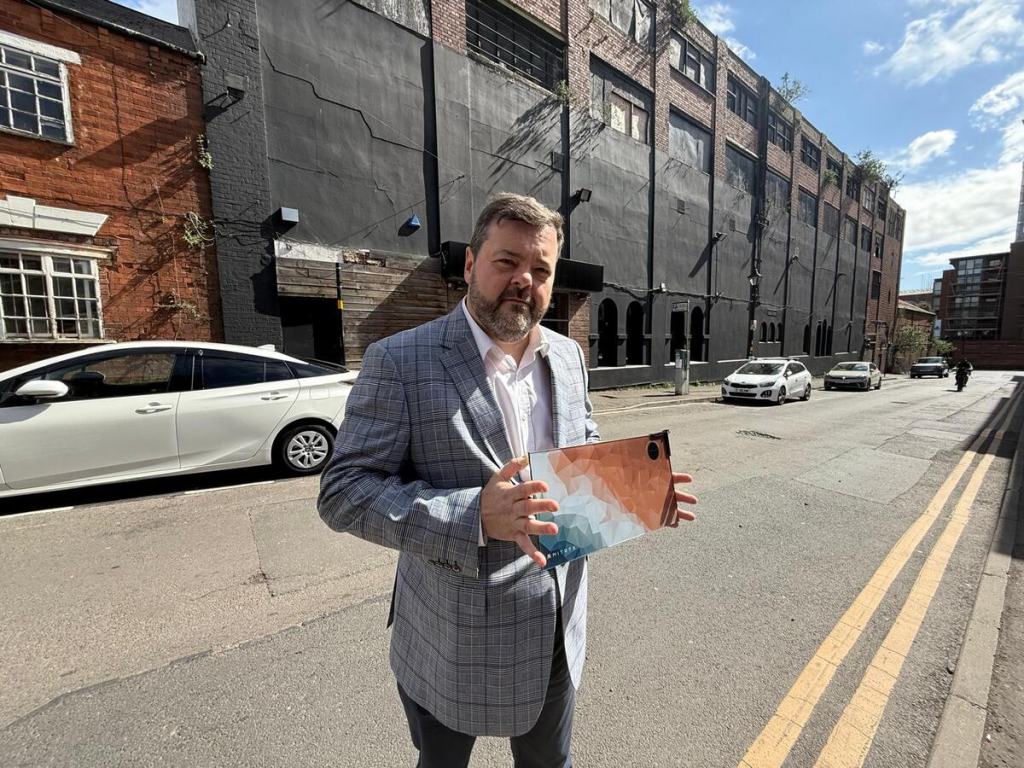
Micro-grids are the future
Micro grids are rare in Britain today but by 2050, the date earmarked for Britain becoming ‘carbon net zero’, they will be commonplace, insists Gerald. He said that Government planning guidance suggests this kind of innovative approach but until now it has yet to be delivered like this.
He said: “This is about as innovative as you get in terms of buildings not just in Birmingham or Britain but around the world. It’s the UK’s first multi-storey energy-positive building – and it’s also the world’s tallest energy-positive building
“If you look at Birmingham’s Our Future City plan and other strategy documents, this is what they’re telling us to do. There is disbelief in some circles but the numbers work: the Narrow House will be energy-positive.”
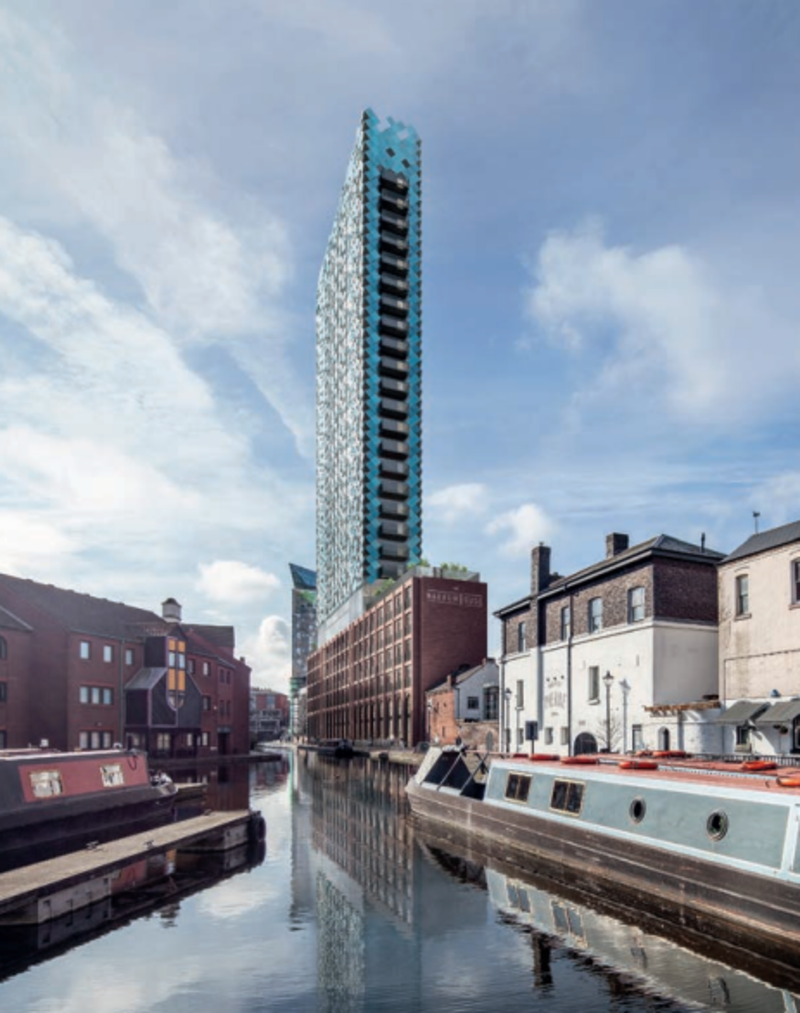
Public backing: Narrow House aligns with net zero vision
Giving her full-throated support, Anna Bright, CEO of Sustainability West Midlands, said: “The proposed Narrow House development integrates innovative advanced energy generation systems and promotes resource efficiency.
“This directly supports the priorities outlined in our Sustainability Roadmap to 2030. We are delighted to see our members GNM Developments demonstrating their vision and commitment to sustainability aligned with our own mission to make the West Midlands more sustainable, fairer and greener for all.”
Henriette Breukelaar, regional director of West Midlands Canal & River Trust, said: “Gas Street has long been a symbol of energy innovation. It was the first street in Birmingham to be gas-lit, powered by the adjacent Retort House. The Narrow House continues that legacy, but through solar power and 21st-century thinking.
“The proposal to share surplus energy via a local microgrid reflects the kind of collaborative, community-based infrastructure that can redefine how cities meet sustainability goals. We are pleased to see this innovation unfolding in such a historically significant location, and we look forward to working together to realise its potential, engaged and in sympathy with its surroundings.”
Designed for young people: ‘A policy-aligned prototype for a sustainable future’
Designed with Birmingham’s young and growing population in mind, the co-living studios are supported by generous shared amenities, roof terraces and co-working spaces.
Gez added: “With Birmingham targeting net zero by 2030, and with local planning policy actively encouraging decentralised energy solutions and walkable, high-density neighbourhoods, the Narrow House is more than a building – it’s a policy-aligned prototype for a sustainable future.”

